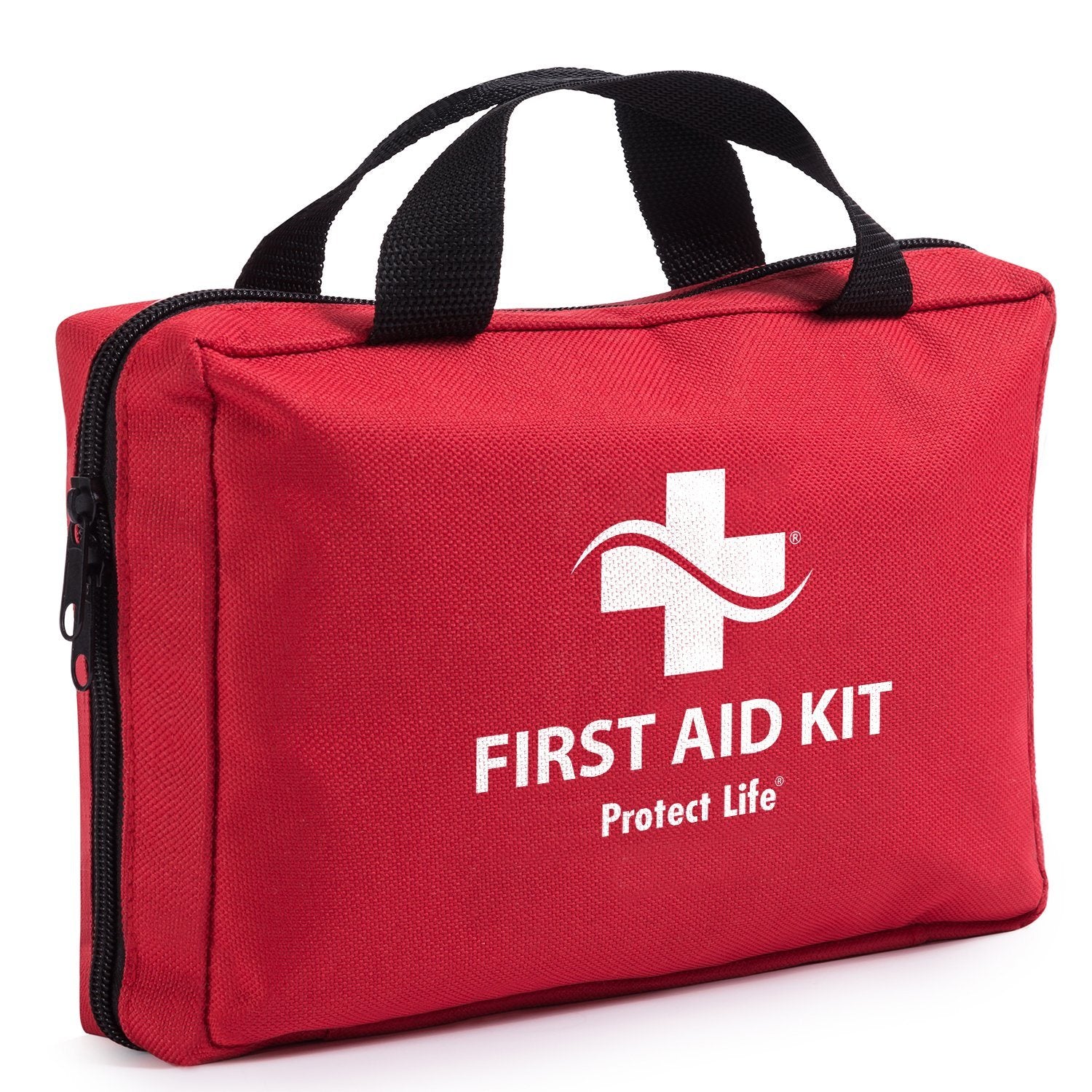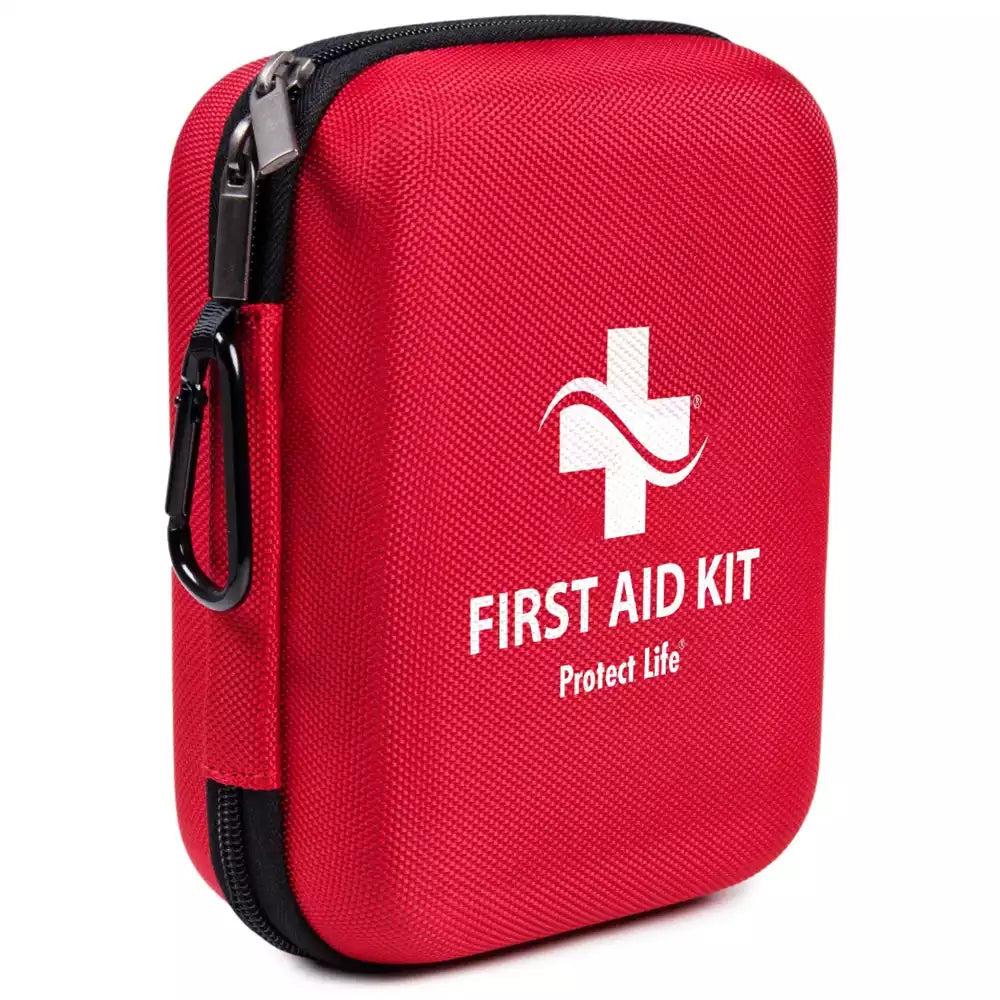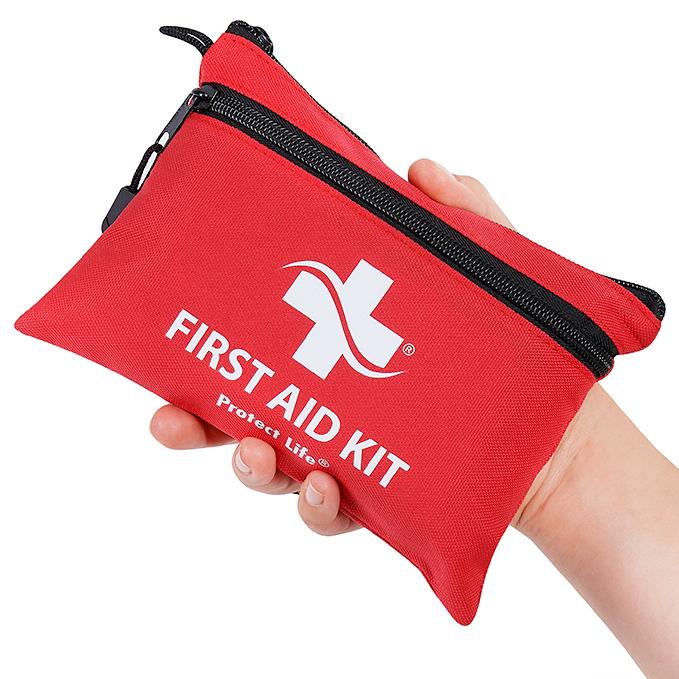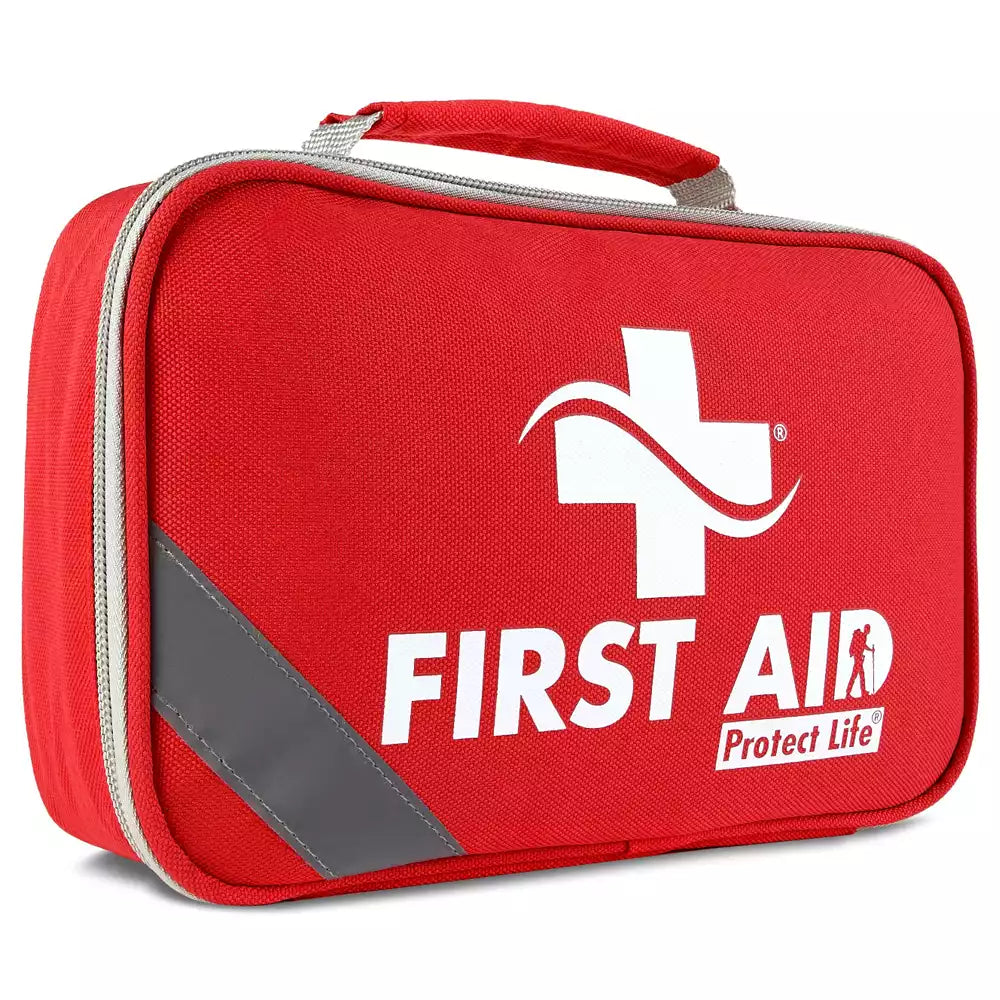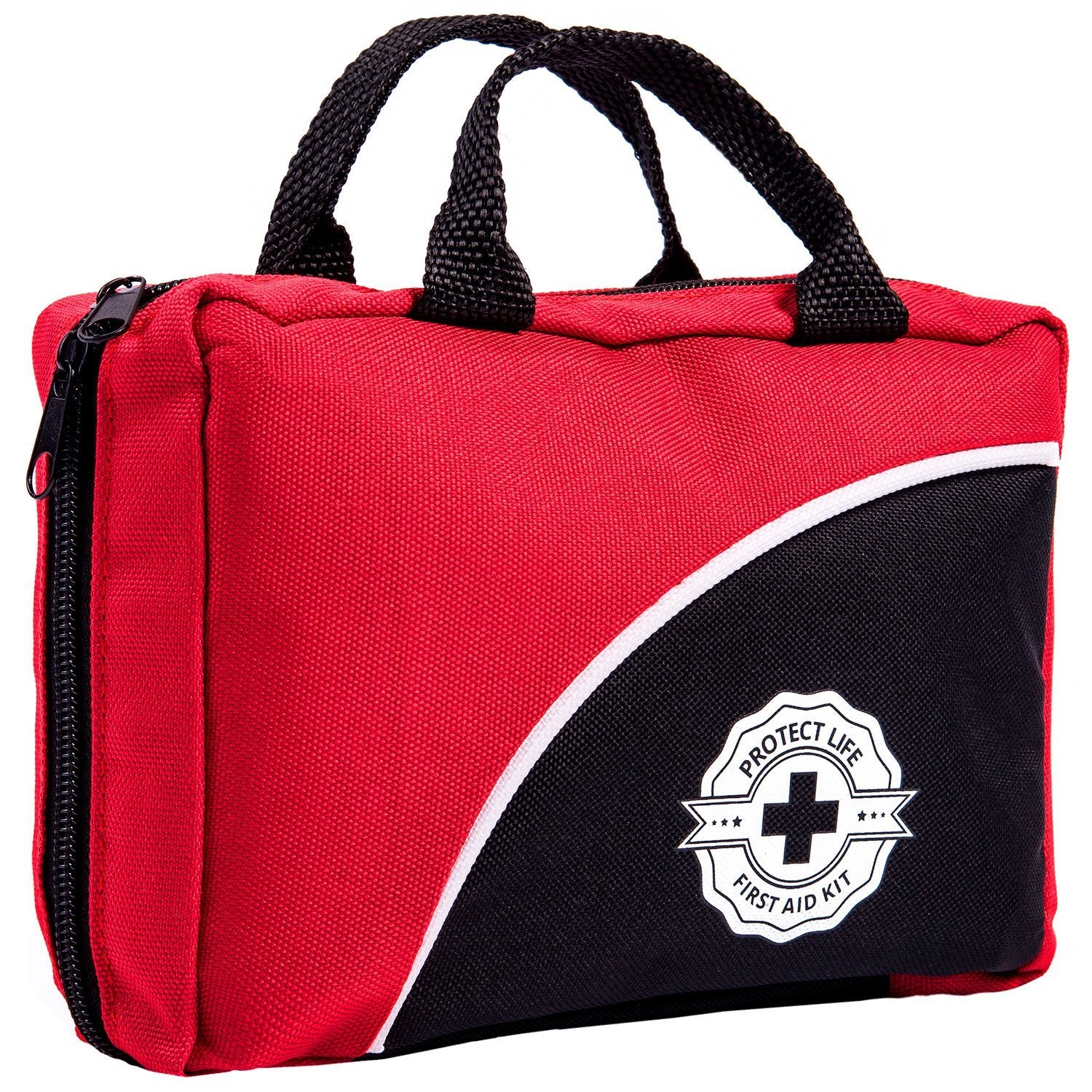Even if nobody expects an emergency or even disaster in an office, however, it can strike suddenly, without warning, no matter the place, the people or the timing. Be prepared for workplace emergencies with our Emergency Kit.
This is why all employers are obliged to establish some active management systems to ensure the health and protection of their employees and prepare each of them to handle the general and even job-related emergencies before they arise.
Workplace emergency planning
The role of the Occupational Safety and Health Administration (OSHA) is to establish the standard for small and big companies alike and to prevent loss of human lives. This is why every single company must have an emergency plan.
If your company is smaller than 10 employees, you can communicate it orally to your employees. If the firm is bigger, than this emergency action plan should be written and available to everyone in your company.
Every single employee should review the plan when initially put in the plan and reevaluate it frequently, especially if there are changes in the plan or the responsibilities are changing.
All emergency procedures, including the handling of any toxic chemicals, should include the following:
o Evacuation procedures and escape-route assignments
o Specially designed procedures for the assigned employees to shut down critical plant operations
o A working system to account for all employees after the evacuation and to inform them about the emergency plan
o You can also assign medical or rescue duties to certain employees
o Means to report fires and other emergencies

Chain of Command
As an employer, you have the responsibility to designate an emergency response coordinator as well as a backup coordinator. The role of this coordinator is public information, workplace-wide operations and making sure that the emergency services are called.
All employees should know who is the emergency coordinator.
Other duties of both the coordinator and the employer are:
o to determine all the possible emergencies which can occur and to check that appropriate emergency procedure are developed for each situation
o to direct any emergency activity, including the personnel evacuation
o to call for outside aid when necessary
o to direct the shutdown of plant operations, if necessary
Emergency Response Teams
All the members of the emergency response team need the appropriate training and should be in the physical condition to be able to carry out their duties. If there are any toxic hazards, they should be able to assess any situation and decide when to evacuate the personnel or when to wait for the outside help.
More than one team should be trained in the following practices:
o Use of fire extinguishers;
o First aid, including cardiopulmonary resuscitation(CPR) and self-contained breathing apparatus (SCBA)
o Requirements of the OSHA bloodborne pathogens standard
o Shutdown procedures
o Chemical spill control procedures
o Search and emergency rescue procedures
o Hazardous materials (HAZMAT) emergency response
Response Activities
When emergencies occur, effective communication is vital. Big companies need a designated area to work as a communication center, other than the management offices, established in the emergency plan. Here, the emergency response coordinator can operate.
The management should be able to give emergency alarms, but all the employees should know how to report an emergency.
Another critical measure is to account for the personnel after an evacuation. The emergency coordinator should immediately notify the police or the emergency team members of the employees who are believed to be missing.
This is why effective evacuation procedures are important, as well as the security procedures which will prevent unauthorized access to vital records or equipment.
Duplicate records of essential accounting files, legal documents and lists of employee relatives to be notified in case of emergency can be kept at off-site locations.

Training
Every employee must know the details of the emergency action plan, such as emergency evacuation plans, how to report an emergency and if necessary, to call for outside aid, and if applicable, shutdown procedures and how to assess different types of possible emergencies.
Any special hazards, such as flammable materials, toxic chemicals, radioactive sources or water-reactive substances, should be part of the training of every employee, if applicable.
Ideally, training should be conducted at least once per year, upon hiring or when changing roles and job positions. Every time processes, equipment materials or processes change, additional training is required.
Personal Protection
Employees working in hazardous environments must have the appropriate personal protective equipment, to protect them against any accidental chemical splashes, falling objects, flying particles, contaminated atmosphere, fires, etc.
Medical Assistance
First aid must be available within three to four minutes of an emergency.
Worksites located more than three to four minutes distance from an infirmary, clinic or hospital should have at least one person on-site trained in first aid (available all shifts). The law states that medical personnel should be available at any time for advice and consultation, and the company should also have written emergency medical procedures.

You need to have an emergency kit
Of course, first aid supplies are must, and they should be placed in designated areas, available to the first aid team. Sometimes, it might be useful to create an emergency action plan with the help of the outside responders, such as the hospital emergency room, fire department, EMS providers.



